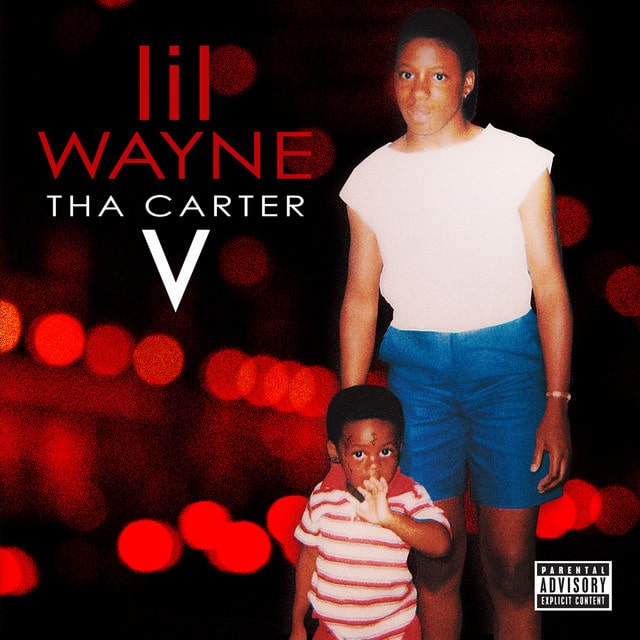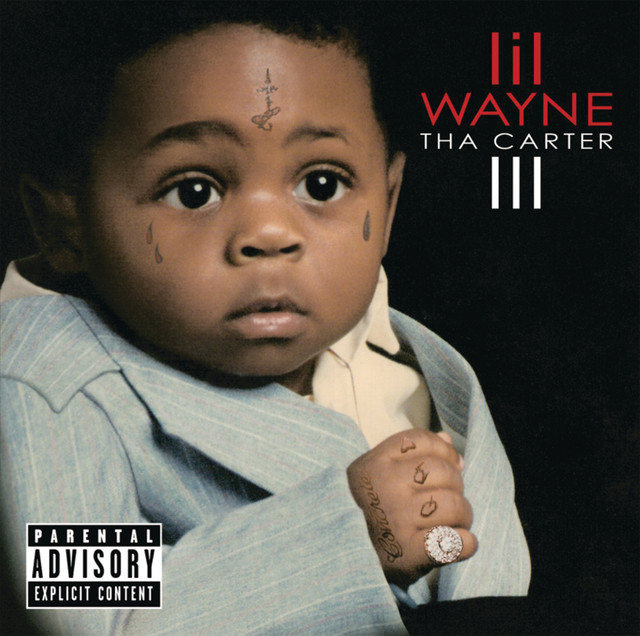Released: 2018 • Features: Kendrick Lamar
“Mona Lisa” by Lil Wayne featuring Kendrick Lamar is an intricate storytelling piece that paints a dark picture of deception, greed, and betrayal in relationships. A two-faced woman, dubbed “Mona Lisa” is used to get close to unsuspecting men, extract their secrets, and then exploit them. The song serves as a cautionary tale against blind trust in relationships and exposes the sometimes grim realities hidden beneath a deceptive facade.
The hook starts off with an ominous tone setting up the premise for the rest of the song. The scenario presented is of men being lured into a false sense of security with women who appear to be interested, only to be exploited and robbed blind. The bountiful display of wealth and ego trips serves as the bait, and once they “fall asleep” they lose everything in an orchestrated robbery – “Then she let us in, we take all of your shit.”
Running through the first verse, Lil Wayne personifies the deceptive nature of “Mona Lisa”. He outlines her cunning plan, from making the victim feel comfortable, extracting information, and then helping execute the robbery. He uses poignant imagery, even the “halo like a frisbee” metaphor signifies the destruction of the angelic image the victim has of the woman, further revealing her devilish intent. Even the reference to “color purple” and “Celie” hints at the narrative of deception, abuse, and ultimate redemption drawn from the 1982 novel by Alice Walker.

In the chorus, Lil Wayne stays on track with the main theme of deceit and betrayal, mirroring the same intensity and attention to detail as in the first verse. The “Mona Lisa” character is further detailed in these lines as a tactful manipulator who knows how to stick to the script and get the job done.
Kendrick Lamar takes over for the second verse, spinning his own tale on the concept set up by Lil Wayne. The verse follows the story of Liz, another deceptive character similar to “Mona Lisa”, who uses seduction as a tool to entrap unsuspecting men. Kendrick masterly narrates the scene, keeping listeners on the edge of their seats as he builds up suspense before the robbery plot unfolds.
Learning from Wayne, Kendrick continues to unravel Liz’s story in the bridge, narrating the climax of the robbery plot with precision and zeal. The tension in Kendrick’s verse peaks as the victim finally realizes the gravity of his situation only to face the harsh reality of betrayal.
In the final verse, Kendrick Lamar switches gears to portray a different perspective – the victim’s. The victim’s anger is palpable as he discovers the betrayal and in a fit of anger, contemplates suicide. Lamar’s verse concludes on a grim note, leaving listeners to question the consequences of blind trust and irrational decisions.
In its entirety, “Mona Lisa” is a perfectly layered storytelling hip-hop masterpiece. Both Lil Wayne and Kendrick Lamar use their lyrical prowess to personify deceit and betrayal through the characters of Mona Lisa and Liz. Their storytelling combined with their distinct flows, clever wordplay, and chilling imagery, creates a cinematic experience that engrosses listeners from start to finish.
Both artists demonstrate their unparalleled skill throughout “Mona Lisa”. Lil Wayne’s mellow tone combined with Kendrick Lamar’s passionate delivery successfully convey the narrative of betrayal making it relatable, raw, and intense. With “Mona Lisa”, they not only deliver a great song but also a stark reminder of the twisted realities that can lurk beneath seemingly normal relationships.
In the broader context of hip-hop, “Mona Lisa” stands tall as an impeccable storytelling piece. Its graphic imagery, complex characters, and intricate plot lines echo the thematic grandeur of crime films and novels – a testament to Lil Wayne and Kendrick Lamar’s creative genius. This song, like the iconic painting it’s named after, is a timeless piece that captures the essence of narrative hip-hop at its finest and boldest.








